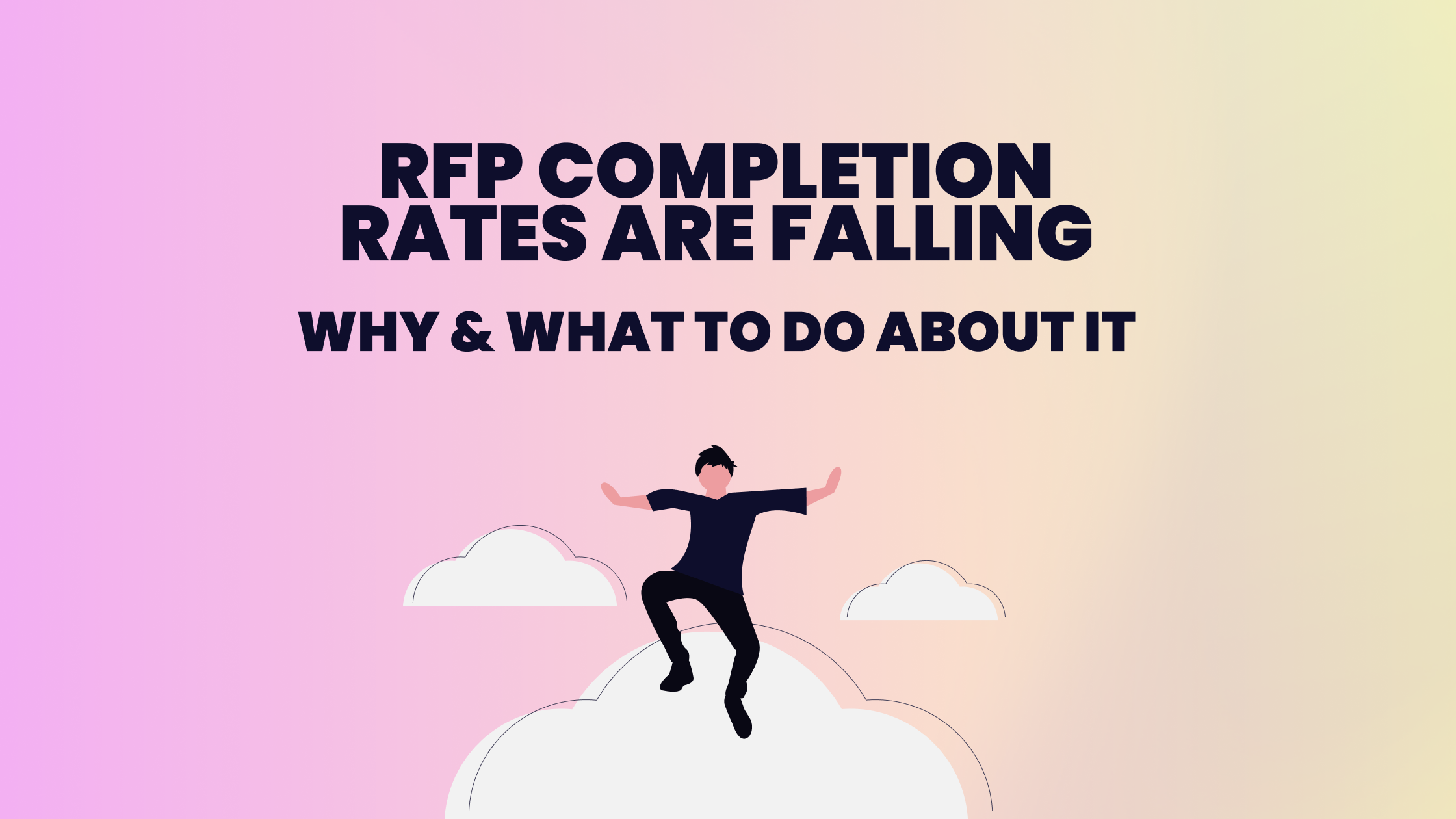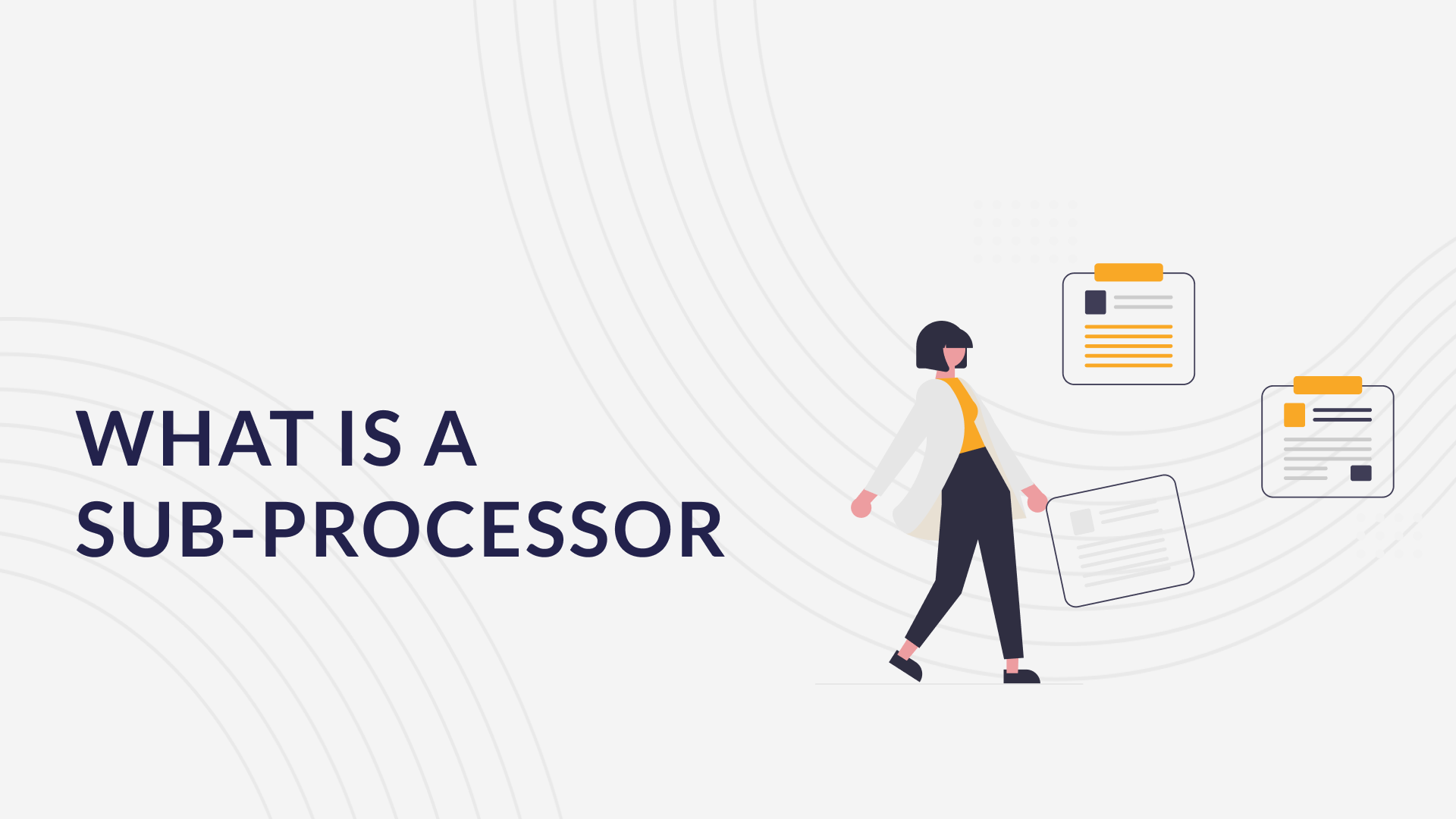In today’s software-driven world, every vendor you onboard introduces risk. A single overlooked vulnerability in a third-party service can compromise your customers' data, damage your reputation, or violate regulations. That’s why SaaS security questionnaires (formally known as vendor risk assessment questionnaires (VRAQs)) are critical. But how do you ensure they reduce risk rather than create more admin work? This guide explores what a SaaS security questionnaire is, how it’s evolving, and how to optimize it.
Who is this for?
If you're a Sales, Procurement, or IT Security professional at a B2B SaaS company or enterprise struggling with long security reviews, inconsistent vendor responses, or high risk exposure, this guide will help you streamline vendor assessments, reduce risk, and scale your questionnaire process.
Understanding the Role of a Vendor Risk Assessment Questionnaire
Definition of a Vendor Risk Assessment Questionnaire (VRAQ)
A Vendor Risk Assessment Questionnaire is a structured set of questions used to evaluate a third party’s security posture, data protection practices, compliance readiness, and overall risk profile. These assessments are conducted to decide whether the vendor’s operations align with your organization’s risk tolerance and security standards.
Difference Between Third-Party and Fourth-Party Risk
Third-party risk concerns direct vendors who provide services or software to your business. Fourth-party risk extends to the vendors your vendors rely on. While often overlooked, understanding these indirect dependencies is crucial in complex supply chains.
When to Use a Vendor Security Questionnaire
Security questionnaires should be used during vendor onboarding, at regular intervals for critical vendors, and in response to security incidents or regulatory changes. These moments are key opportunities to reassess risk and adjust controls as needed.
Core Components of a Basic Vendor Security Assessment Questionnaire
Cybersecurity Risk Identification and Data Handling
This component focuses on understanding how vendors manage sensitive data. Effective questionnaires examine the types of data collected, data residency obligations, and the procedures used for secure data storage and deletion.
Technical Controls: Encryption, Firewalls, and Patching
Strong technical controls are essential to protect against breaches. Your questionnaire should examine whether the vendor uses encryption in transit and at rest, maintains regular patching schedules, and has implemented firewalls or intrusion detection systems.
Process Controls: Incident Response and Business Continuity
Vendors should demonstrate their ability to detect, respond to, and recover from security incidents. This includes reviewing their incident response plans, disaster recovery procedures, and compliance with breach notification obligations.
People Controls: Training, Access, and Authentication
Security is only as strong as its weakest human link. Assess whether vendors conduct regular training, enforce multi-factor authentication, and apply least-privilege access principles to minimize exposure.
From Static to Dynamic: Evolving the Questionnaire for 2025 Risks
Limitations of Static Questionnaires in Fast-Changing Environments
Traditional questionnaires often fail to keep pace with rapidly evolving threats. Static formats may rely on outdated responses and rarely reflect changes in a vendor’s security posture, leaving organizations exposed between assessment cycles.
Continuous Monitoring vs. One-Time Assessments
Instead of relying solely on periodic reviews, many organizations are shifting toward continuous monitoring. This approach provides real-time insight into vendor risk, helping teams respond proactively rather than retroactively.
Integrating Real-Time Security Ratings into Assessments
Security ratings platforms such as BitSight and SecurityScorecard offer objective, continuously updated data on a vendor’s risk profile. Embedding these scores into your assessment process can validate questionnaire responses and uncover hidden issues.
Automation and Tools to Streamline the Questionnaire Process
Using Platforms Like AuditBoard and SecurityScorecard
Digital platforms automate much of the vendor risk process. Tools like AuditBoard or Whistic enable organizations to send, track, and analyze questionnaires more efficiently, eliminating the friction of manual workflows.
Benefits of Centralized Vendor Portals
Centralized portals simplify communication and document exchange with vendors. By maintaining a single source of truth, these systems enable vendors to reuse validated responses and reduce the administrative burden for all parties.
Automated Workflows for Recurring Assessments
Automated triggers can launch reassessments based on time intervals, vendor tier, or major changes in the regulatory environment. This ensures high-risk vendors are continually evaluated without relying on manual scheduling.
Best Practices for Building a Best-in-Class Questionnaire
Tailoring Questions to Vendor Criticality and Data Access
A one-size-fits-all questionnaire creates unnecessary work. By segmenting vendors based on the criticality of the services they provide and the sensitivity of the data they access, you can deploy right-sized questionnaires that yield meaningful insights.
Aligning With Frameworks Like NIST, ISO 27001, and HIPAA
Using industry-standard frameworks helps ensure that your questions are aligned with best practices. Standards like NIST CSF, ISO 27001, and HIPAA provide a foundation that is recognized and respected by regulators and auditors alike.
Incorporating Compliance, Operational, and Financial Risk Factors
Risk is multidimensional. Your questionnaire should explore more than just cybersecurity. Consider vendor compliance history, operational resilience, and financial stability to get a complete picture of their overall risk.
Periodic Reassessment and Lifecycle Integration
Vendor risk assessment isn’t a one-off task. Integrate assessments into the vendor lifecycle by conducting them at onboarding, regularly throughout the relationship, and during offboarding to ensure data is returned or securely deleted.
Key Takeaways & Wrap Up
A SaaS security questionnaire is more than a formality. When well-designed, it gives your organization the insight it needs to safely scale vendor relationships and meet regulatory obligations. The shift toward dynamic, automated, and continuous assessments is no longer optional, it’s necessary. Keep in mind:
- A SaaS security questionnaire is essential to understanding and mitigating third-party risk.
- Static assessments are no longer sufficient, modern risk management requires continuous monitoring.
- Tools like Whistic, SecurityScorecard, and AuditBoard help automate and streamline the process.
- Questionnaires should be customized based on vendor criticality, aligned to standards, and revisited regularly.
- Treat vendor risk as an ongoing lifecycle, not a checkbox exercise.
SaaS Security Questionnaire - FAQs
What is the goal of a SaaS security questionnaire?
To evaluate the cybersecurity posture, data practices, and compliance status of a third-party SaaS vendor before and during the business relationship.
How often should vendors be reassessed?
At least annually for critical vendors. Continuous monitoring is recommended for high-risk relationships.
Can we use templates or must all questionnaires be custom?
Templates based on standards (like NIST or ISO) are useful starting points, but should be tailored to vendor risk tier and context.
What if a vendor refuses to complete the questionnaire?
This may signal a risk. You can escalate, apply additional controls, or choose not to onboard.
What tools can help automate this process?
Platforms like SecurityScorecard, Whistic, OneTrust, and AuditBoard streamline assessment, evidence management, and monitoring.



